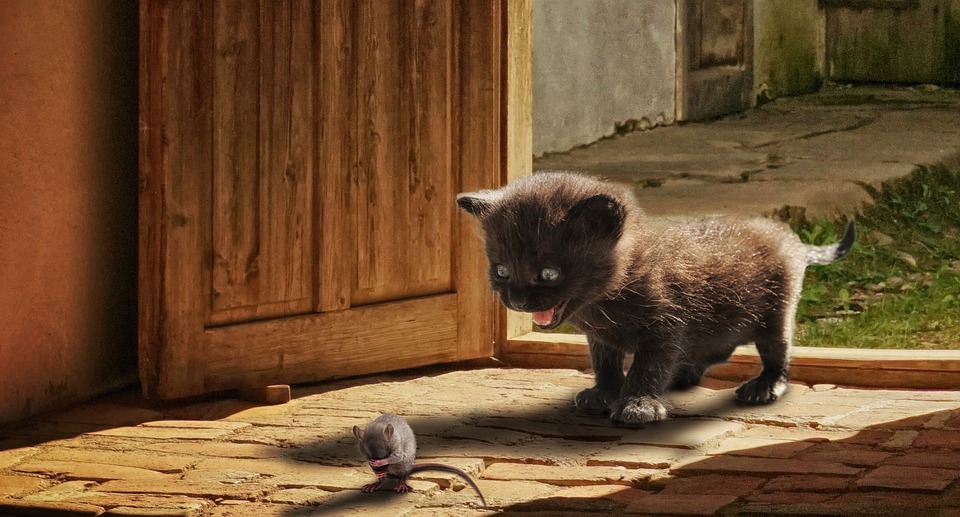Cats are known for their curiosity and agility, but these qualities can sometimes lead to eye injuries. As a responsible cat owner, it is important to have a good understanding of how to prevent and manage cat eye injuries. In this article, we will explore first aid techniques for cat eye injuries and provide valuable tips for preventing such incidents. Additionally, we will address common FAQs related to cat eye injuries.
Understanding Cat Eye Injuries:
A. Common causes of cat eye injuries: Cat eye injuries can occur due to various reasons, including scratches from other animals, foreign objects in the eye, trauma from accidents or falls, and infections.
B. Types of cat eye injuries: Cat eye injuries can range from minor scratches and irritations to more severe conditions such as corneal ulcers or even ruptured eyeballs.
C. Recognizing symptoms of eye injuries: It is important to be able to identify the signs of a cat eye injury. Some common symptoms include redness, swelling, discharge, squinting, pawing at the eye, and changes in behavior.
Preventing Cat Eye Injuries:
A. Creating a safe environment for your cat: Make sure your home is free from potential hazards such as sharp objects, toxic substances, and open windows that could pose a risk to your cat’s eyes.
B. Minimizing potential hazards: Keep an eye on your cat when they are outdoors and try to minimize their exposure to potential dangers such as other animals, thorny plants, and rough surfaces.
C. Regular eye care routine: Establish a regular eye care routine for your cat, which includes checking their eyes for any signs of infection or injury, cleaning the area around their eyes, and keeping their fur trimmed around the eyes to prevent irritations.
First Aid for Cat Eye Injuries:
A. Assessing the severity of the injury: Examine the cat’s eye carefully to determine the extent of the injury. If you notice any signs of a severe injury or if the cat is in significant pain, seek immediate veterinary assistance.
B. Cleaning the affected area: Gently clean the eye with a saline solution or a sterile eye wash to remove any debris or foreign objects.
C. Administering eye drops or ointments: Follow your veterinarian’s instructions on how to apply any prescribed eye drops or ointments to help reduce inflammation and prevent infection.
D. Applying a temporary eye patch: In some cases, your veterinarian may recommend applying a temporary eye patch to protect the injured eye and prevent further damage.
E. Seeking veterinary assistance: If the injury does not improve or if the cat shows signs of discomfort or worsening symptoms, it is important to consult a veterinarian for further evaluation and treatment.
Beyond First Aid: Cat Eye Injury Management:
A. Following veterinary recommendations: It is crucial to follow your veterinarian’s recommendations for ongoing treatment, medication, and follow-up appointments.
B. Administering prescribed medications: Make sure to administer any prescribed medications as directed by your veterinarian to promote healing and prevent complications.
C. Providing a conducive healing environment: Create a calm and stress-free environment for your cat to aid in their recovery. Keep them indoors and away from situations that could potentially aggravate their injury.
D. Monitoring progress and seeking follow-up care: Regularly monitor your cat’s progress and be vigilant for any signs of worsening or recurring symptoms. If necessary, seek follow-up care from your veterinarian.
Frequently Asked Questions (FAQs):
Q1. Can I use human eye drops or ointments for my cat’s eye injury?
A: No, it is not recommended to use human eye drops or ointments for cat eye injuries. Cats have different eye physiology, and using human products may cause further irritation or complications. Always consult with a veterinarian for appropriate treatment options.
Q2. How can I prevent my cat from scratching their injured eye?
A: To prevent your cat from scratching their injured eye, you can use an Elizabethan collar, commonly known as a “cone of shame,” to prevent them from accessing their eye. Additionally, providing environmental enrichment and keeping your cat engaged with toys can help distract them from pawing at their eyes.
Q3. What are some signs that my cat’s eye injury requires immediate veterinary attention?
A: Signs that your cat’s eye injury requires immediate veterinary attention include severe pain, excessive swelling, bleeding, protrusion of the eyeball, cloudy or opaque appearance of the eye, or if your cat is unable to open their eye.
Q4. How long does it usually take for a cat’s eye injury to heal?
A: The healing time for a cat’s eye injury depends on the severity and type of injury. Minor scratches or irritations may heal within a few days to a week, while more severe injuries may take several weeks or even months to fully heal.
Q5. Can cat eye injuries lead to long-term vision problems?
A: In some cases, cat eye injuries can lead to long-term vision problems, especially if the injury is severe or if it is not promptly and properly treated. It is crucial to seek veterinary attention and follow their recommendations to minimize the risk of long-term complications.
Conclusion:
Taking proactive measures to prevent cat eye injuries and providing prompt first aid when needed is crucial for your cat’s eye health and overall well-being. By creating a safe environment, establishing a regular eye care routine, and being prepared to administer first aid, you can help ensure that your feline companion maintains healthy and vibrant eyes for a lifetime. Remember, it is always best to consult with a veterinarian for professional advice and guidance in case of any concerns or doubts about your cat’s eye injury.








